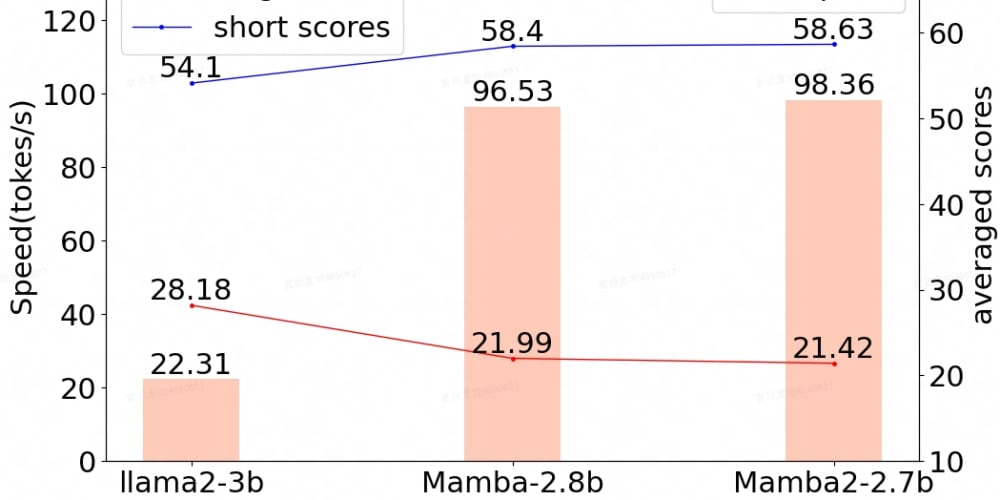Welcome back to our journey into the world of JavaScript! In this blog post, we'll dive into the eight basic data types in JavaScript. Understanding these data types is crucial for writing effective and efficient JavaScript code. Let's explore each data type in detail.
1. Number
The Number data type represents numeric values, including integers and floating-point numbers. JavaScript uses the IEEE 754 standard for representing numbers, which includes special values like Infinity, -Infinity, and NaN (Not a Number).
Example:
let integer = 42;
let float = 3.14;
let infinity = Infinity;
let negativeInfinity = -Infinity;
let notANumber = NaN;
console.log(integer); // Output: 42
console.log(float); // Output: 3.14
console.log(infinity); // Output: Infinity
console.log(negativeInfinity); // Output: -Infinity
console.log(notANumber); // Output: NaN
2. String
The String data type represents a sequence of characters enclosed in single (') or double (") quotes. Strings are used to represent textual data.
Example:
let singleQuote = 'Hello, World!';
let doubleQuote = "Hello, World!";
let templateLiteral = `Hello, ${singleQuote}`;
console.log(singleQuote); // Output: Hello, World!
console.log(doubleQuote); // Output: Hello, World!
console.log(templateLiteral); // Output: Hello, Hello, World!
3. Boolean
The Boolean data type represents one of two values: true or false. Booleans are often used in conditional statements to control the flow of the program.
Example:
let isTrue = true;
let isFalse = false;
console.log(isTrue); // Output: true
console.log(isFalse); // Output: false
4. Null
The Null data type represents the intentional absence of any object value. It is often used to explicitly indicate that a variable has no value.
Example:
let empty = null;
console.log(empty); // Output: null
5. Undefined
The Undefined data type represents a variable that has been declared but not assigned a value. It is also the default return value of functions that do not explicitly return a value.
Example:
let x;
let y = undefined;
console.log(x); // Output: undefined
console.log(y); // Output: undefined
6. Object
The Object data type represents a collection of key-value pairs. Objects are used to store complex data structures and can contain properties and methods.
Example:
let person = {
name: "John",
age: 30,
isStudent: false
};
console.log(person.name); // Output: John
console.log(person.age); // Output: 30
console.log(person.isStudent); // Output: false
7. Symbol
The Symbol data type represents a unique and immutable primitive value. Symbols are often used as unique identifiers for object properties.
Example:
let sym1 = Symbol('description');
let sym2 = Symbol('description');
console.log(sym1 === sym2); // Output: false
console.log(sym1.description); // Output: description
8. BigInt
The BigInt data type represents arbitrarily large integers. BigInts are useful for working with very large numbers that exceed the safe integer limit of the Number data type.
Example:
let bigInt = 1234567890123456789012345678901234567890n;
console.log(bigInt); // Output: 1234567890123456789012345678901234567890n
console.log(typeof bigInt); // Output: bigint
Conclusion
Understanding the eight basic data types in JavaScript is essential for writing effective and efficient code. Each data type serves a specific purpose and has its own characteristics. By mastering these data types, you'll be well-equipped to handle a wide range of programming tasks in JavaScript.
In the next blog post, we'll dive deeper into working with these data types, exploring operations, methods, and best practices. Stay tuned as we continue our journey into the world of JavaScript!


















